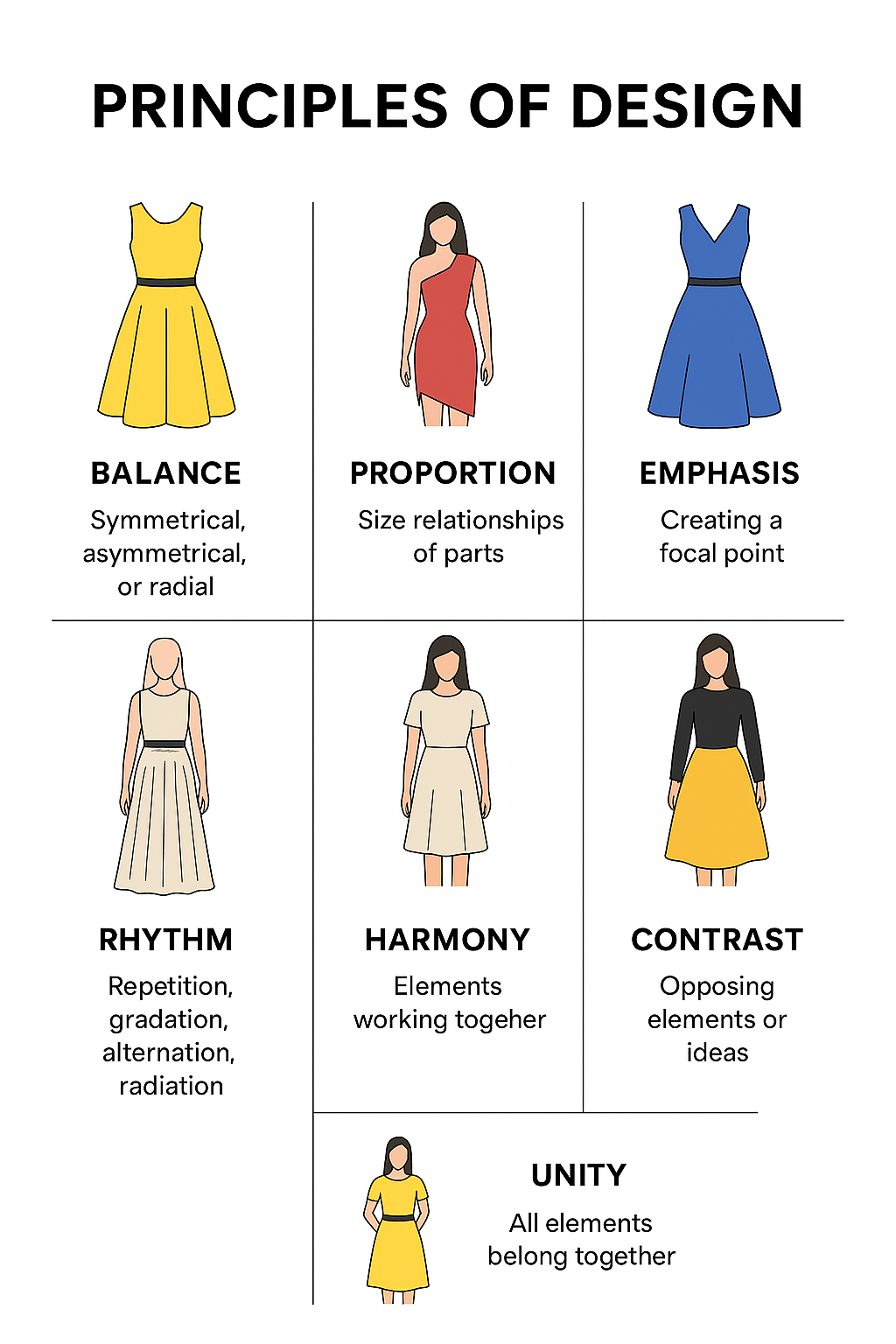Course Description:
This course is designed for learners who already possess basic garment construction skills and wish to develop expertise in professional tailoring and couture garment production. It covers advanced techniques in bespoke tailoring, pattern engineering, jacket architecture, precision sewing, fitting diagnostics, and couture draping.
Learners will explore both hand-work and machine techniques used in high-end garment production, including the creation of structured garments such as jackets, coats, trousers, and evening wear. The course emphasizes precision, quality finishing, and the ability to analyze and correct garment fit for diverse body types.
Practical, project-based learning is a key feature, enabling students to apply theoretical concepts to create tailored garments that meet professional standards. By the end of the course, learners will be able to draft advanced patterns, construct tailored garments with internal structure, implement high-end finishing techniques, and perform professional fit evaluations.
Learning Outcomes:
- Teacher: Admin User
